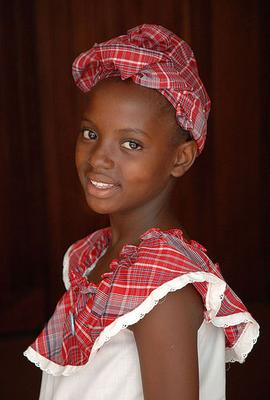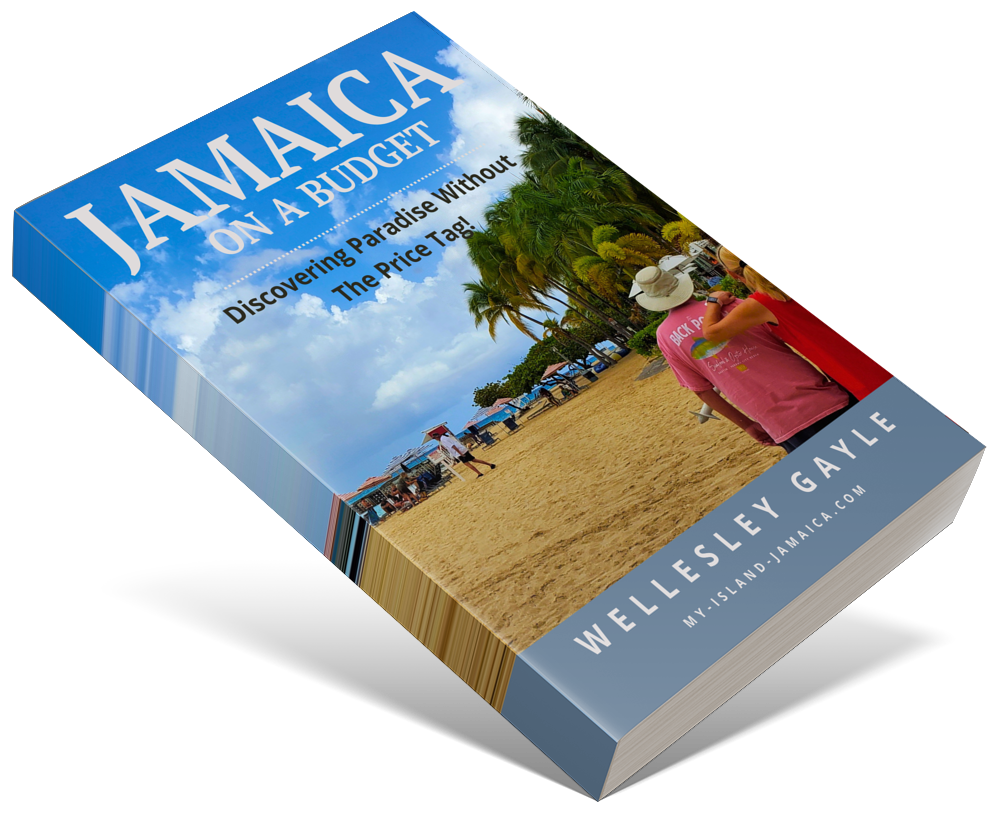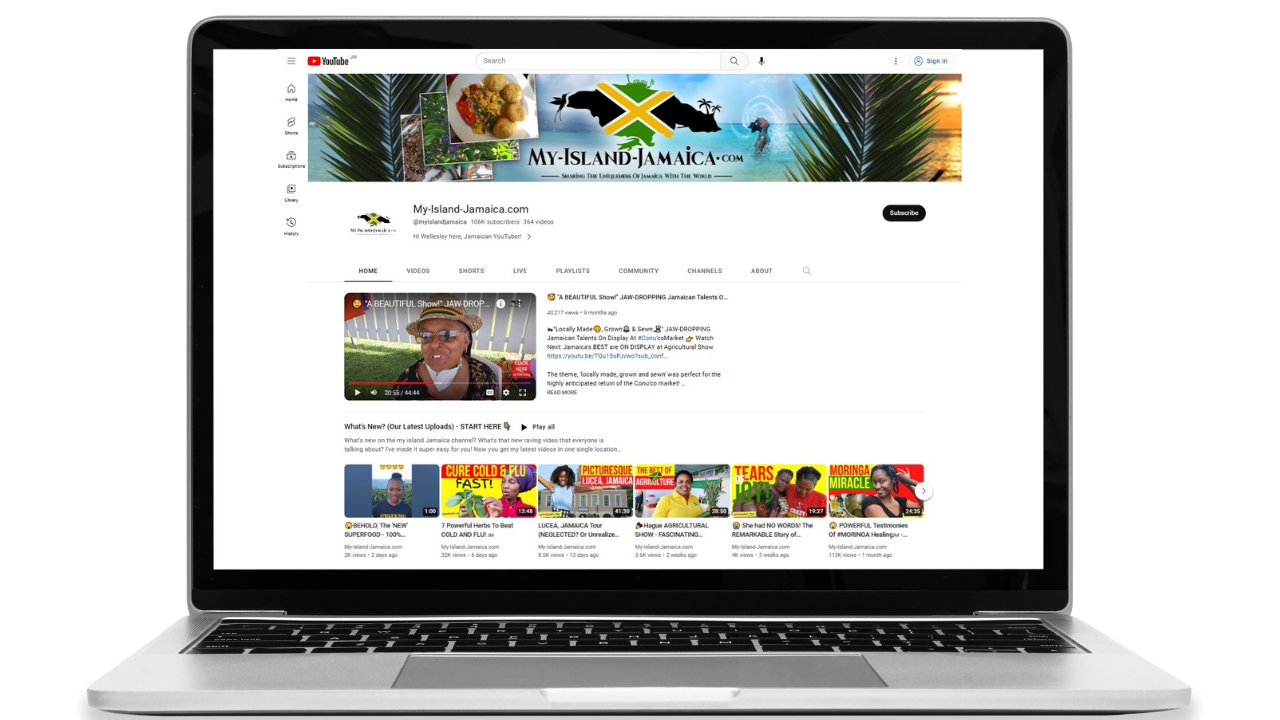Subscribe for all my updates and don't miss a thing! Sign me up!
Jamaican Bandana - The History Behind It
by My-Island-Jamaica.com
Over many years we have come to associate Madras cloth, or bandana as it is more commonly known, with Jamaican festival celebrations.
But many may not know that this cloth is not originally Jamaican.
However this has not deterred the cultural associations that come with the clothes that Jamaicans make from this material being called the National Costume of Jamaica.
The original bandana, the material said to have been imported from India in the 18th century, was made from silk but was later copied by British manufacturers and put into mass production using cotton instead of silk.
Get ready... here's a bit of history to increase your knowledge of this adopted national costume.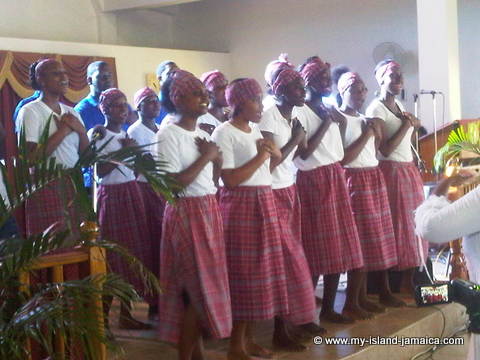
According to Senior, the characteristic plaid cotton material (with principal colours of red, yellow and white), known as ‘native woman plaid’ and ‘Madras handkerchief’, has traditionally been used to make the head-dress (‘head-tie’) and aprons of Jamaican peasant women.
Historically, is was closely identified as the occupational badge of higglers or market women, although seldom these days.
The Original Bandana
As mentioned above, the original bandana was actually a square of cloth (slightly less than a square metre of tie-dyed silk, imported from India in the 18th century.
The word is derived from bandhma which means ‘tying’ in Sanskrit. The ‘bandana’ handkerchief was originally made for home use and later exported.
According to Senior, advertisements in the Jamaican press showed that the genuine Bengal bandanas imported in the late 18th and early 19th century were ‘spotted silk handkerchiefs’ with the tie-dyed pattern consisting of white spots on a chocolate-coloured background.
Over time, the name ‘bandana’ became transferred to the plaid patterned Madras or Pullicat handkerchief which was worn as a head wrap by working class females of African and Indian descent. It was known as ‘Madras handkerchief’ from the Indian city and province in which it was made and from which it was exported.
When the material became available by the yard, its usage extended from head ties to aprons and other pieces of dress.
African women in Jamaica have always worn head wraps in the style of their West African homelands, but the wearing of the now-familiar Madras cloth seems to have become common among women of both African and Indian origin in the years following Emancipation.
Tied the traditional way, the bandana head-tie usually has two ends sticking stiffly into the air. Although different styles of tying have been identified, the tying of the head-tie does not seem to have been used as a ‘language’ here as in the French Caribbean islands where women signaled their marital status by the arrangement of their head-dress.
Bandana Today In Jamaica
Today, the use of bandana plaid is largely ceremonial and symbolic.
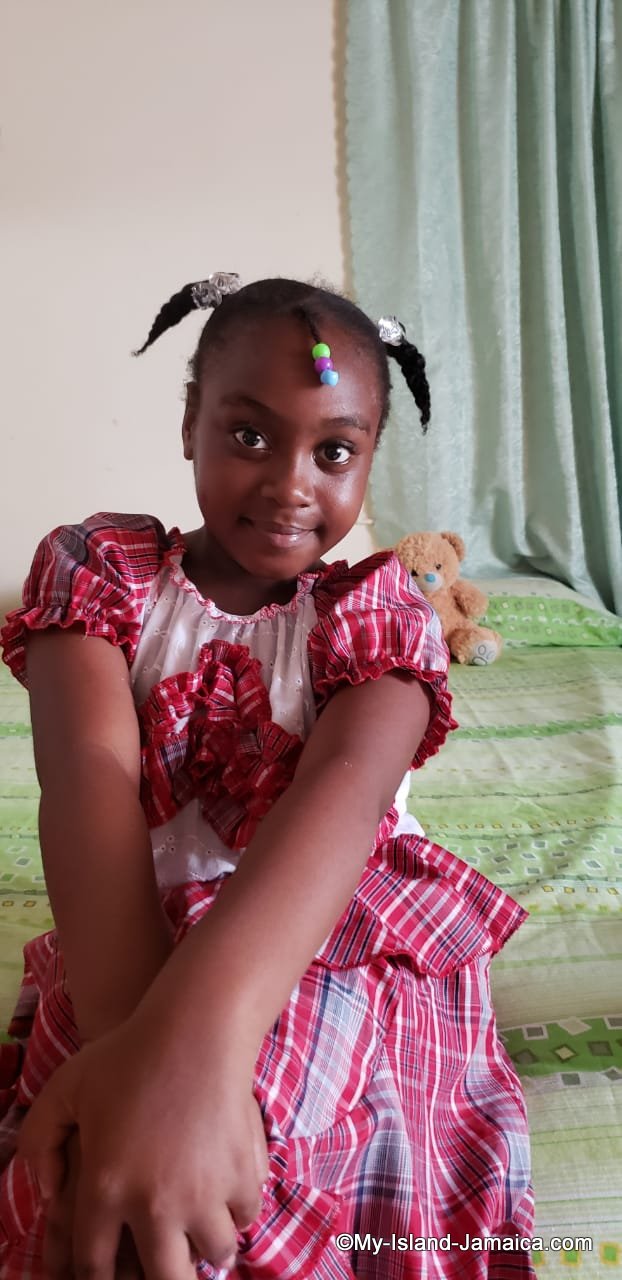
Jamaican Revivalists often use bandana plaid to make their turbans, and it is incorporated in a ‘Jamaican costume’ when such is required, e.g. for participants in the ‘Miss World’, ‘Miss Universe’ or other beauty contests.
But perhaps the most visible use of bandana is in the costuming of singers, storytellers, and other performers of ‘Jamaican folk’.
It is also increasing worn on Jamaican heritage days and other special cultural days occasions.
Now you know :-)
By the way, here is another aspect of Jamaican heritage you be interested in learning about: The Importance Of JAMAICA DAY, follow the link to learn more about it.
References:
- Simpson, Joanne M., WHY Heritage? A guide to the importance of our Jamaican story
- Jamaica Observer - "One Stop Driva"
- Senior, Olive, Encyclopedia Of Jamaican Heritage
Comments for Jamaican Bandana - The History Behind It
|
||
|
||
|
||
|
||
|
||
|
||
New! Get My Latest Book👇🏿
|
You asked, I've answered! You no longer need to save for months or years, to enjoy paradise! I spilled the beans! sharing my top tips on finding cozy accommodations and secret gems, only the way a native could! Click Here to pick it up on my e-store and start saving now! |
See The Best Of Jamaica - In Videos!
|
My channel reaches over 140,000 subscribers worldwide and has leveraged over 11 million views, sharing, what I call 'The Real Jamaica'. Subscribe today and join our family of viewers. |
Read More ...
New! Experience The REAL Jamaica!
Book Your Private Tour here and experience Jamaica the way we (locals) do!
P.S. Didn't find what you were looking for?
Still need help?
Click Here to try our dependable and effective Site Search tool. It works!
Or, simply click here and here, to browse my library of over 500 questions and answers! Chances are someone already asked (and got an answer to) your question.
